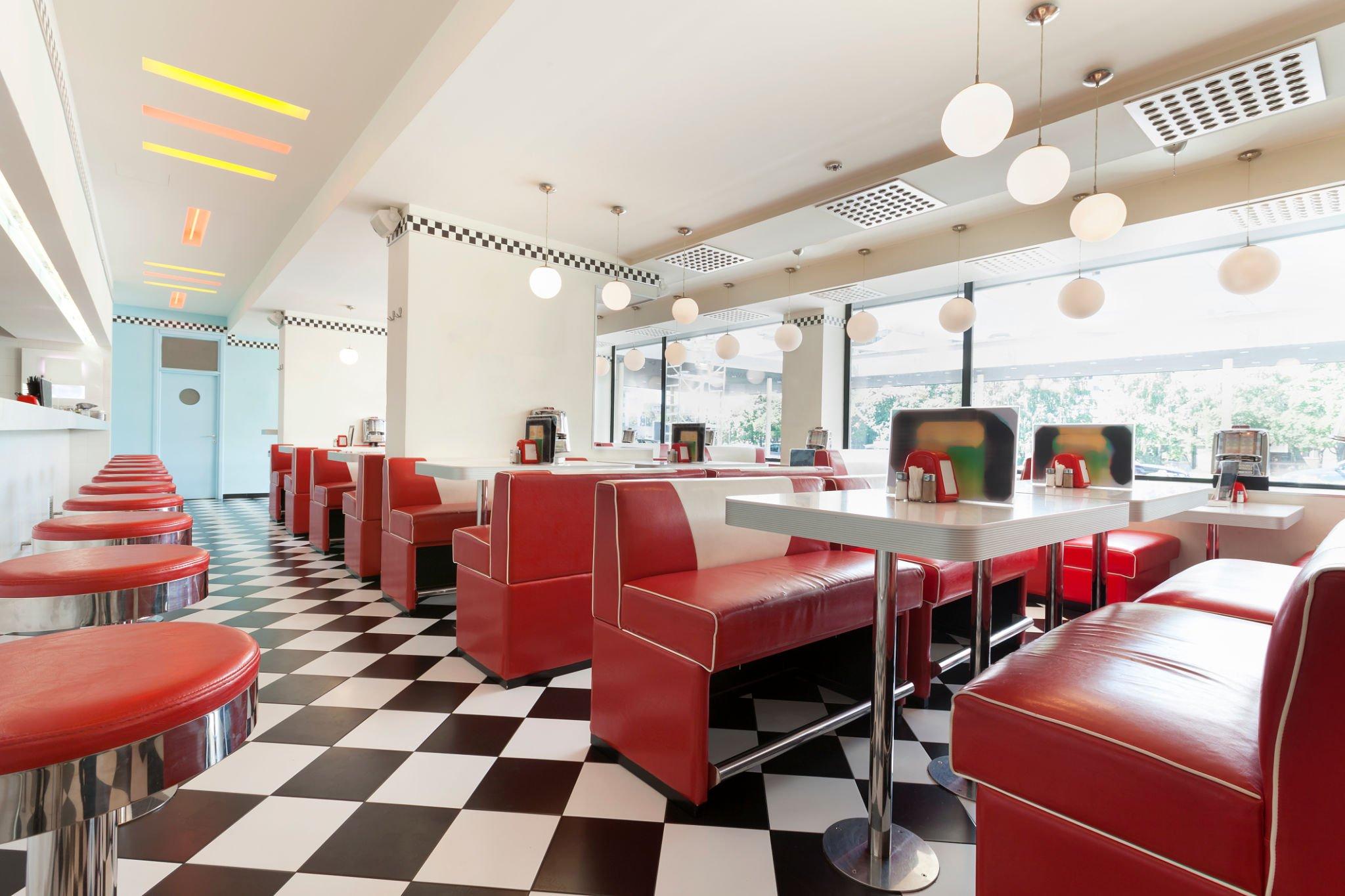Restaurant Start-Up: Equipment Considerations
Equipment forms the backbone of restaurant operations. This is true for a high-end establishments, small casual cafes, and everything in between. The only problem is that it can cost an arm and a leg. Be that as it may, skimping in this department could lead to various problems. At the very least, you must invest in a minimal setup that adheres to industry regulation and allows you to work your culinary magic. So, do your homework and get ready to cover all the bases. Here is a comprehensive guide to everything you may need to invest in.

Mainstays of Food Production
First off, determine whether you need to make electrical, gas, and plumbing upgrades for all the equipment to work properly. Next, you should start writing a list and setting money aside in the budget for heavy production equipment (which can cost quite a bit). It goes without saying that these pieces are an absolute necessity, regardless of the type of restaurant you have. They allow one to assemble service and preparation capacities in the kitchen. So, get familiar with industry standards and trends. You cannot go wrong with cost-effective, versatile, and energy-efficient products.
Full-service restaurants involve preparation sinks, slicers, mixers, food cutters, convection ovens, pressureless steamer, portion scales, a blender, meat grinders, a fryer, a broiler, etc. Furthermore, to cover your dishwashing needs, consider a three-stage machine and invest in a dish table, a landing area, garbage disposal, and multiple-compartment sinks. Apart from that, you might need small-production equipment such as pans, potholders, spatulas, ladles, and can openers. The list goes on and encompasses a multitude of tiny items.
Piece By Piece
To find appropriate products, do some online research, as there are different brands that might fit the bill. For instance, the new generation of Bertazzoni ranges offers outstanding yet cost-effective performances through various programs and options, in addition to boasting the Energy Star label, with rebate redemption included in every purchase.
Once that is sorted out, proceed to equip the service area of the kitchen. This is where helpers and servers apply the finishing touches to the food. To perform their tasks, they should have a prep and steam table, heat lamps, toasters, a utensil rack, a sandwich table, a roll warmer, and other small pieces. Often the beverage center is in or near the service area as well. It includes a coffee maker, an ice machine, a soda system, a water station, and an ice cream cabinet. Likewise, do not make the mistake of neglecting tableware and miscellaneous supplies.

Explore All The Avenues
Next, turn your attention to the receiving and storage areas. Here, some of the most important equipment is put to good use. A walk-in freezer/refrigerator is certainly a piece you should not save money on. After all, it keeps all your food fresh and healthy. Besides, if the cooler fails, you could lose all your ingredients inside. Additionally, make sure you have shelving space, a scale, and a breakdown table. Always prioritize food safety and general cleanliness.
Finally, in case you want to equip a lounge/bar area, there are some more things to consider. Many restaurant owners opt for a standard bar with a refrigerator underneath. You can buy one from a local equipment dealer. A more costly alternative would be to have your bar custom-made. In any event, a fully-functioning bar typically has a cash register, an ice machine and a bin, a double sink, glasses, mixers, blenders, a beer-dispensing system, and other miscellaneous items.
All Systems Go
Getting your restaurant properly equipped requires a substantial investment, but it is likely to pay dividends down the road. To delight your customers, put together a list of all the essentials and form a budget around them. Take your time shopping around and cherry-picking the pieces that meet your needs. Remember that equipment needs to be properly installed, which is an additional cost. Do not overlook a single detail and refrain from cutting corners. You must be able to prepare, cook, and store food without any problems and delays. Let your operations run like clockwork.



Average Rating